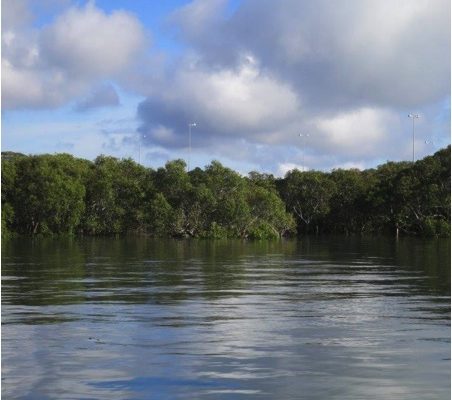
Following the heartfelt post by Jackie Cooper on the importance of mangroves and her personal story about the origins of Raby Bay, this second instalment describes the value of mangroves to people. Much of Toondah Harbour lies in a tidal flood zone, making this location most unsuitable for high-density development. A proposed 400-berth marina and 500 metre groyne out into the Bay would remove the protective fringe of mangroves and leave Cleveland’s bayside flank exposed to erosion and damage from severe storms and exceptional high tides.
Toondah Harbour is an exposed site
Much of Toondah Harbour lies in a tidal flood zone, making this location most unsuitable for high-density development. A proposed 400-berth marina and 500 metre groyne out into the Bay would remove the protective fringe of mangroves and leave the bayside flank exposed to erosion and damage from severe storms and exceptional high tides. The site faces into the prevailing south-easterly winds, which blow 300 days a year. The long-term, ongoing high maintenance and infrastructure costs for a marina at Toondah Harbour would be borne by Redland City’s long-suffering ratepayers.
Mangroves lock and store carbon
An underappreciated benefit of mangroves is the efficient way they capture and store carbon from the atmosphere. Mangroves lock huge amounts of carbon into the soil under the sea level. They can capture 1000 tons per hectare: mangroves are more than three times as efficient as tropical forests. This is the sort of effective Direct Action the Federal Government is now examining as a means of achieving Australia’s emissions target.
Coastal mangroves protect the shore by filtering run-off and reducing erosion
Mangroves provide insurance against storms and extreme tidal events (and even tsunamis) that might otherwise menace waterside properties at Cleveland. Researchers showed that 30 mangroves per 100 sq m on India’s east coast reduced the maximum impact of the 2004 tsunami by more than 90 per cent. The mangroves saved lives and property. Tsunamis are rare along the east coast but recent geographic records show that they have occurred in the past and may affect Moreton Bay in the future.
Mangroves are essential habitat for fish
There are eight species of mangroves in Moreton Bay. Mangroves, like these at Toondah Harbour, are essential habitat for fish, especially for the small and young stocks. Mangroves are known to nurture 75 per cent of Queensland’s fish catch. Fishing is an important commercial activity in the Bay. But it may well be that recreational fishing is even more dependent on the mangroves. It is simple: No mangroves, no fish.
Mangroves are endangered
Mangroves and saltmarshes are among the most endangered marine wetland habitats globally. Mangroves help create mudflats that support a rich array of life in the liminal territory between land and sea. Mangroves are simply magnificent: they are life-giving and life-preserving.
Jackie Cooper – 31 July 2014
PS Mangrove “movies”
Wildlife Queensland Bayside Branch conducts the annual Cicada Awards for films or animations by students. It is a chance to help our wildlife and for students to win great prizes. Each year the Branch looks across South East Queensland for little films or animations with a big heart that help educate people about wildlife and flora. These films inspire, make us wonder, laugh or cry. They show how we can help and provide hope for wildlife. The winner of the 2011 award is Mangroves: A Documentary Perspective. The local television program The Great South East looked at mangroves and the work of Mangrove Watch in 2012. For a light but telling insight into the value of mangroves and the work of the volunteer-based Mangrove Watch, see Mangrove Watch, Moreton Bay .
Please note: Offensive or off-topic comments will be deleted. If offended by any published comment please email thereporter@redlands2030.net
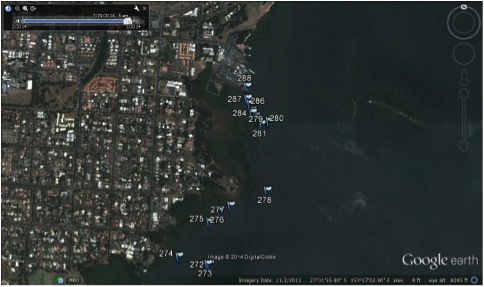
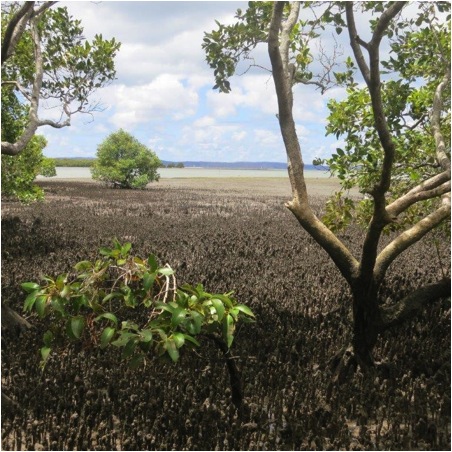
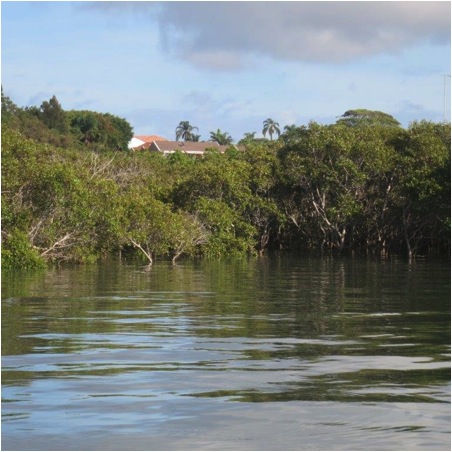
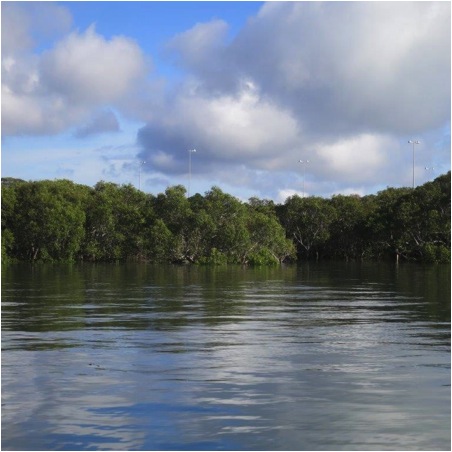
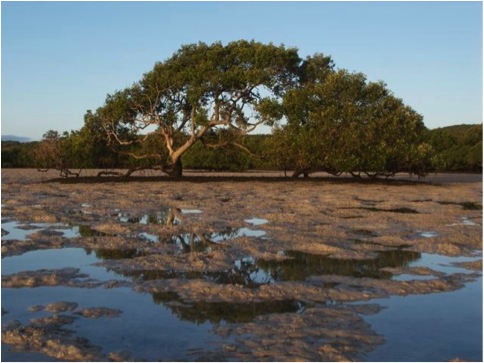
One Comment
Thanks for that excellent lesson on mangroves, Jackie. They are indeed an awe inspiring natural phenomenon. The two videos you link to in your article are well worth watching. The one done by Redland school students begs the question: Why are we teaching our students the vital importance of these ecosystems if we then turn around and destroy them for the sake of needless developments?